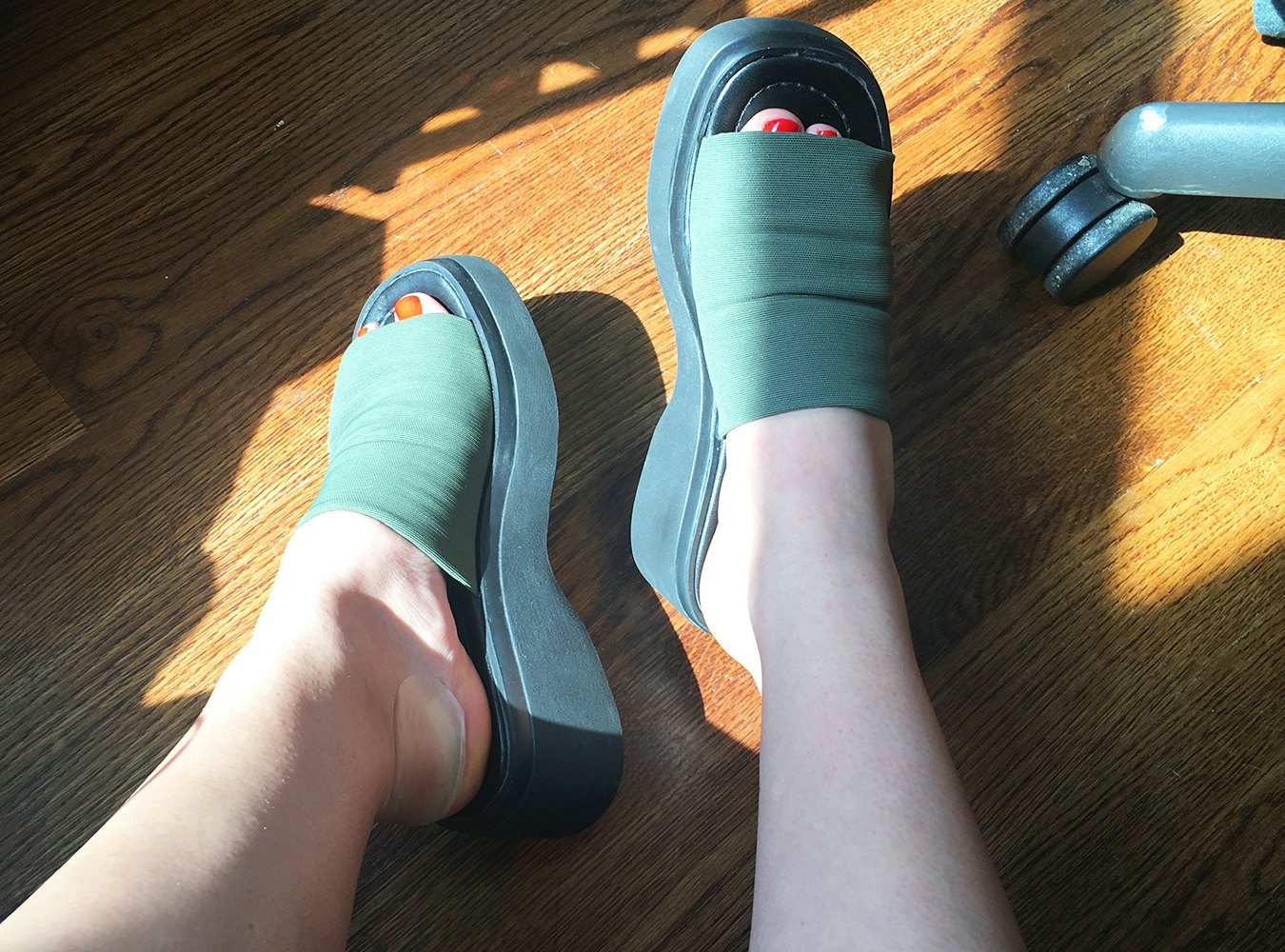

- #STRETCHLY VERSIONS ARCHIVE#
- #STRETCHLY VERSIONS SOFTWARE#
- #STRETCHLY VERSIONS SERIES#
- #STRETCHLY VERSIONS DOWNLOAD#
Stretch fabrics that have a 2-way can expand either vertically or horizontally, usually from one selvage to the other. These bias-cut clothes drape and cling almost like today’s spandex-infused stretch fabrics! Bias-cutting revolutionized the fashion industry and the concept remains popular today.įinally, you will also see stretch fabrics described as having either a 2-way or 4-way stretch. Think of Gretta Garbo smoldering at the camera in a black-and-white shot while wearing a long, artfully draped evening gown! This is because even a plain weave material stretches on the diagonal!įamous couture designers in the 1930s launched a trend for making clothing cut out diagonal to the grain of the fabric. If you take a square piece of cloth and fold it into a triangle and then pull on opposite points of the triangle, you will find that it stretches a tiny bit. You can find one final type of elasticity in pretty much any cloth made of any material, in any type of weave. Unlike knit fabric, the plain weave does not stretch! These quilting fabrics also contain cotton threads but in a plain weave instead of knitted loops. In contrast, picture squares of quilting material. Jersey knit uses this looped thread method to make a soft kind of stretch fabric that can mold to the shape of your body. Most t-shirts are made out of a cloth called jersey knit. You can test this by tugging on the hem of your t-shirt. This pattern of threads looks like a hand-knitted sweater! The loops of thread allow a lot more expansion than a plain weave.
#STRETCHLY VERSIONS SERIES#
Knit fabric contains a series of interlocking loops connected in stitches. Lots of cloth does not use a plain crisscross weave at all! You might think of all cloth beginning its life on giant factory looms where shuttles push the threads over-under, over-under. It comes from the construction of the threads in the material. The second most common type of elasticity in cloth is called mechanical stretch. Denim, for example, comes in both a sturdy, unstretchable version and in a stretch denim version. All of the names describe the same synthetic elastomer that gives stretch fabrics the ability to expand and then recoil.įor this reason, you can find many popular types of material described as a “stretch” version of that material. You may see this elastic described as Lycra, spandex, or elastane. Most stretch fabric contains some percentage of elastic fibers twisted into the yarns of the material. They each cause varying levels of stretchiness in a garment or piece of cloth. These three types of stretch all function in different ways. If (-not (Get-Command choco.Elastic fibers, knit structure, and bias cutting can all make fabric stretchy.
#STRETCHLY VERSIONS ARCHIVE#
zip to the filename to handle archive cmdlet limitations # Ensure Chocolatey is installed from your internal repository # $Chocolate圜entralManagementServiceSalt = "servicesalt" # $Chocolate圜entralManagementClientSalt = "clientsalt" # $Chocolate圜entralManagementUrl = " # ii. # If using CCM to manage Chocolatey, add the following: $ChocolateyDownloadUrl = "$($NugetRepositoryUrl.TrimEnd('/'))/package/chocolatey.1.1.0.nupkg"
#STRETCHLY VERSIONS DOWNLOAD#
# This url should result in an immediate download when you navigate to it # $RequestArguments.Credential = $NugetRepositor圜redential # ("password" | ConvertTo-SecureString -AsPlainText -Force) # If required, add the repository access credential here $NugetRepositoryUrl = "INTERNAL REPO URL" # Should be similar to what you see when you browse Your internal repository url (the main one). # We use this variable for future REST calls. ::SecurityProtocol = ::SecurityProtocol -bor 3072 # installed (.NET 4.5 is an in-place upgrade). NET 4.0, even though they are addressable if. # Use integers because the enumeration value for TLS 1.2 won't exist # Set TLS 1.2 (3072) as that is the minimum required by various up-to-date repositories. # We initialize a few things that are needed by this script - there are no other requirements. # You need to have downloaded the Chocolatey package as well. Download Chocolatey Package and Put on Internal Repository # # repositories and types from one server installation. # are repository servers and will give you the ability to manage multiple
#STRETCHLY VERSIONS SOFTWARE#
# Chocolatey Software recommends Nexus, Artifactory Pro, or ProGet as they # generally really quick to set up and there are quite a few options. # You'll need an internal/private cloud repository you can use. Internal/Private Cloud Repository Set Up # # Here are the requirements necessary to ensure this is successful.


 0 kommentar(er)
0 kommentar(er)
